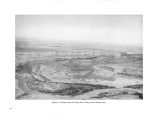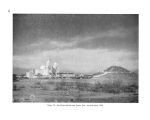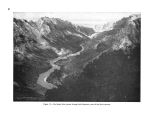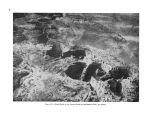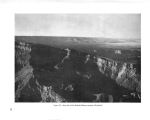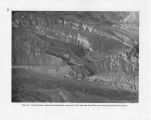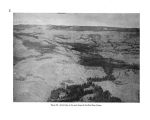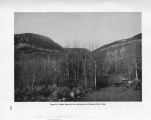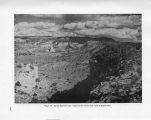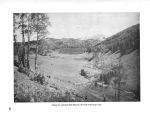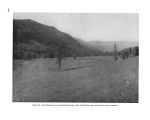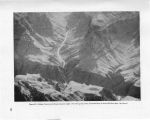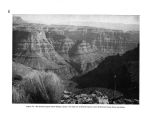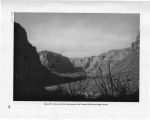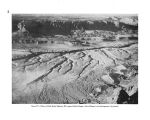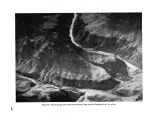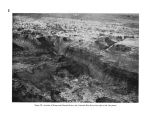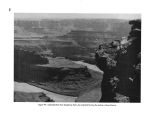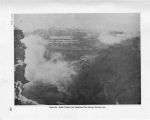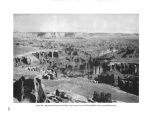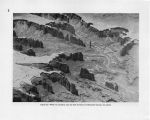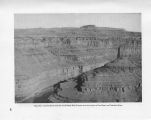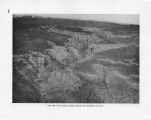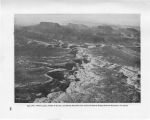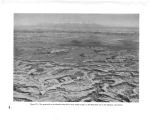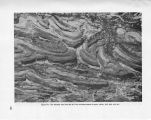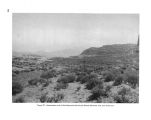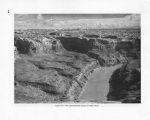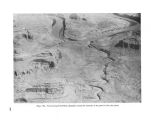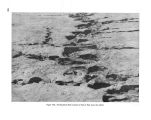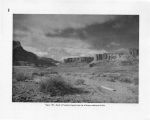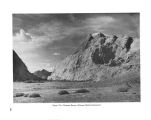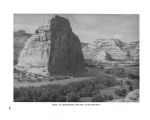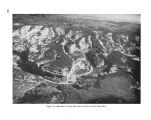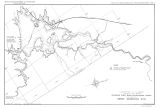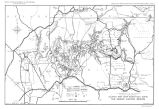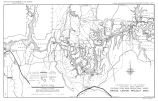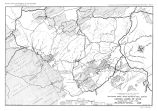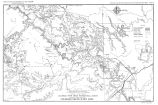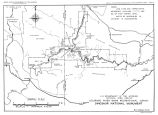| OCR Text |
Show occur in adjacent zones. Among birds, the white- w7inged dove, Arizona cardinal, and Arizona pyr- rhuloxia are good indicators where they occur, but their range within the zone is not as wide as that of the mammals. LIFE ZONES IN RELATION TO ALTITUDE In general, the higher the altitude the cooler the air; roughly, the temperature decreases 31/ 9° F. for each increase of 1,000 feet in elevation above sea level. Stated in another way, an increase of 1,000 feet in altitude is equivalent to a northward shift in latitude of approximately 200 miles. An easily remembered illustration is experienced by anyone who travels over the desert in summer by airplane. On taking off at approximately sea level from a desert airport that is sweltering under a temperature of, say, 110° F. in the shade, a few minutes' climb to 5,000 feet brings a reduction of temperature to 92° F., followed by a further drop to 74° F. if one continues through the upper layers of air to the 10,000- foot level. One can even fly over Death Valley during midsummer in complete comfort in a Figure 9.- Lower Sonoran Zone. 818271° 50- 3 11 parts of the zone there may be no rain at all for 2 or 3 years, but irregularly occurring cloudbursts help to raise the average figure. The summers are long and in many areas intensely hot, and annual mean temperatures are between 51° and 74° F. The Lower Sonoran Zone is the zone of mes- quites, many kinds of cacti, and the creosotebush. The mesquites are too dependent upon subsoil moisture to occur throughout this zone, wrhile some kinds, though not all, of the cacti are sufficiently tolerant of cold to occur well beyond its limits. The creosotebush is the most conspicuous, widespread, and characteristic single plant of the Lower Sonoran Zone, and is almost coextensive with it except that it does not occur in the poorly drained alkaline soils of the desert sinks. Other Lower Sonoran Zone plant indicators are the screwbean, catsclaw and other acacias, ocotillo, desertthorn, allthorn, paloverde, smoketree, tesota, bluethorn, varnish bush, arrowwood, century plants, and sotol. Mammals used as indicators by ecologists include the round- tailed ground squirrels and cotton rats, as well as various other rodents whose close relatives |




























